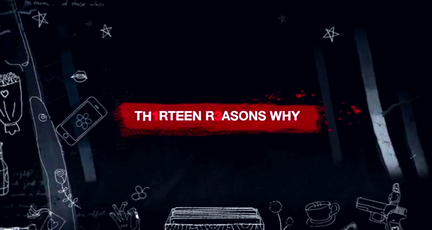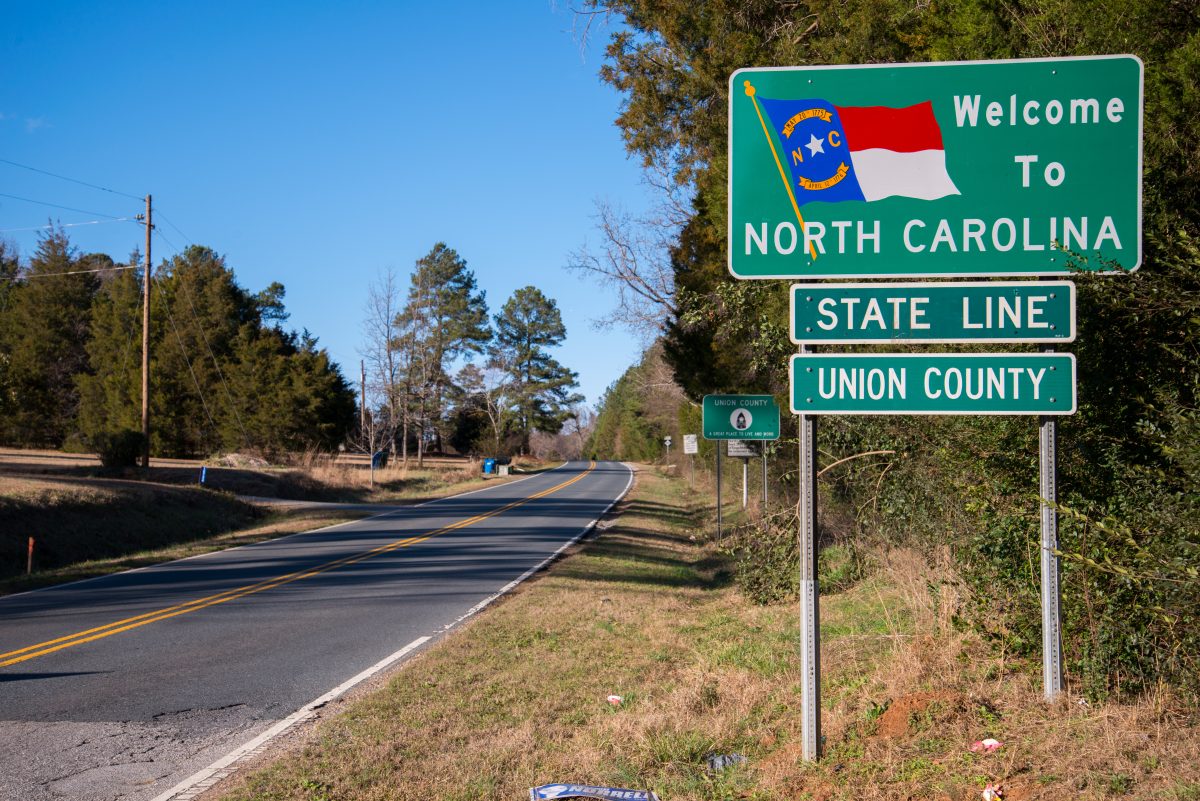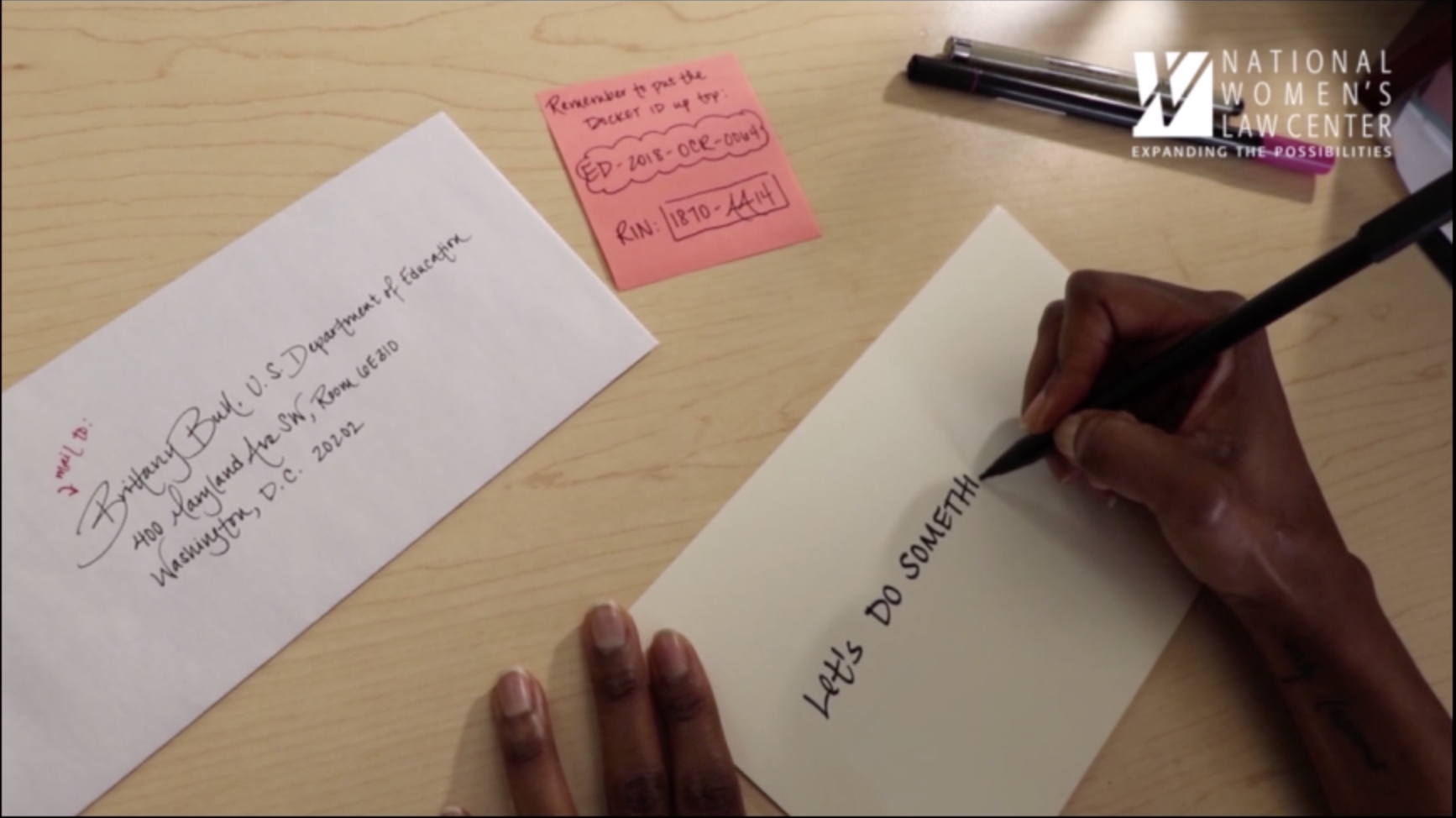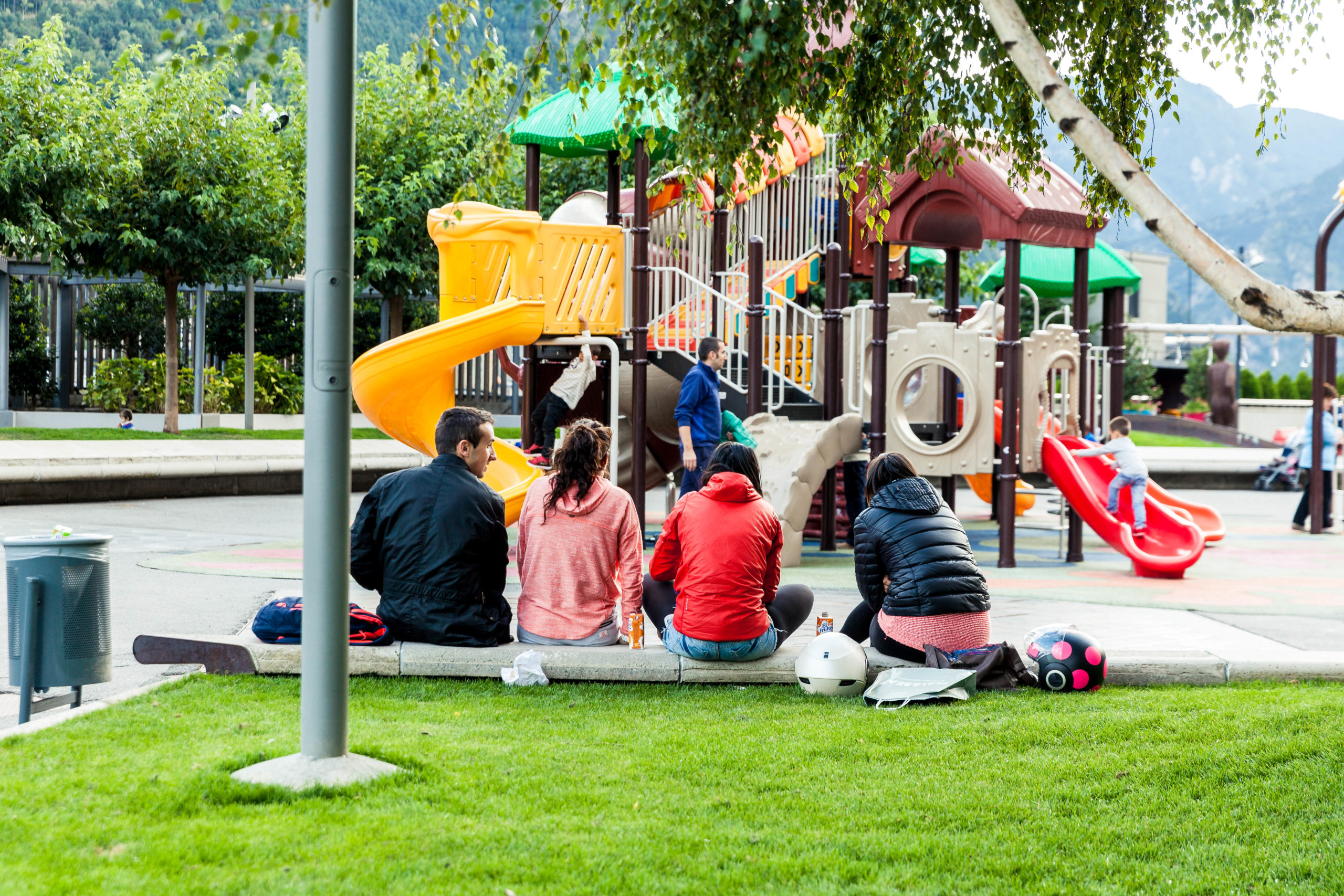Abortion rights, women of color, and LGBTQI+ people are under attack. Pledge to join us in fighting for gender justice.
5 Ways Hannah’s School in “13 Reasons Why” Could Have #LetHerLearn

 If you’re a millennial like me trying to stay relevant by keeping up with what Gen Z is doing, you may have checked out 13 Reasons Why, a Netflix series based on a novel by Jay Asher. The series tells the story of one teenager’s life, Hannah Baker, through her own voice recorded onto cassette tapes. But it’s not just her biography – it’s a suicide note, revealing the 13 reasons why the community around her ultimately failed her.
If you’re a millennial like me trying to stay relevant by keeping up with what Gen Z is doing, you may have checked out 13 Reasons Why, a Netflix series based on a novel by Jay Asher. The series tells the story of one teenager’s life, Hannah Baker, through her own voice recorded onto cassette tapes. But it’s not just her biography – it’s a suicide note, revealing the 13 reasons why the community around her ultimately failed her.
I started watching the series as we rolled out the latest reports in our Let Her Learn campaign, an initiative to stop girls from being pushed out of school as a result of unfair discipline practices, or because they aren’t getting the support they need to deal with trauma, harassment, and other negative experiences. Hannah deals with these very experiences throughout the series, as do other female characters like Jessica and Courtney.
Unfortunately, the widespread nature of this kind of trauma is not fiction. One in five girls reported being sexually assaulted in our Let Her Learn survey, often by peers, teachers, or other people they know. When survivors don’t get the support they need to deal with their trauma, they are more likely to have serious behavioral, emotional, and health problems, all of which affect their ability to succeed in school. For example, they may struggle to focus in class, or may start avoiding classes they share with their attacker entirely.
13 Reasons Why highlights one of the worst possible outcomes of such a lack of support: suicide. But what if Hannah’s school and community had followed the recommendations from our report, and let her learn instead? Here are five ways Hannah’s school – or any school – could protect and support students like her, while holding bullies and perpetrators accountable.
- Educating students & staff about harassment and assault. If Hannah’s school educated both students and staff about bullying, harassment, and sexual violence (including the definition of consent, healthy relationship skills, and bystander intervention), Justin Foley and his friends might’ve thought twice about spreading rumors about Hannah with a photo Justin took the night of her first kiss with him. Or maybe a teacher could’ve addressed the photo and stopped the bullying in its tracks. Instead, we saw that the bullying was allowed to continue and escalate, with students circulating a “best/worst list,” perpetuating the rumor that she was “easy,” and boys touching her without her consent.
- Collecting better information. Regular collection of information about incidents of harassment and assault in the school (protecting the confidentiality of victims of course) could have alerted teachers, the guidance counselor or principal that Hannah (and others like her) were experiencing multiple forms of harassment – from physical to emotional – enabling them to provide the support she needed to stay and thrive in school, while stopping the harassment and holding harassers accountable.
- Paying attention to school climate. Throughout 13 Reasons Why, it seemed like the teachers, counselor, and principal were clueless about the bullying and harassment happening in their school. But if they paid attention to their school climate, including conducting an annual climate survey, they might have better understood the environment students were facing, and could’ve addressed the problem before Hannah’s downward spiral.
- Understanding Title IX obligations. Does Hannah’s school even have a Title IX coordinator? They should, because it’s the law. The Title IX coordinator could have proactively disseminated information and conducted trainings for all members of the school community on the school’s policies and procedures for addressing sex- and gender-based harassment and violence. With such information, a teacher could have spotted the signs of harassment and violence, and recognized that Hannah needed help.
- Fostering compassion and competence among staff. As a last ditch effort on the day Hannah was planning her suicide, she goes to the guidance counselor, Mr. Porter, to seek help. It’s an awkward exchange as Hannah works up the courage to talk about her rape, saying she wants “life to stop” and how “one thing after another” brought her to this point. Yet instead of supporting her and helping her deal with her trauma, he assumes that her assault was a “decision” she has made, and makes her question what even happened. Finally, after Hannah refuses to identify her attacker, Mr. Porter tells her to move on. This lack of trauma-informed counseling fails to support Hannah and students like Hannah. If schools like Hannah’s want to support vulnerable student survivors and students experiencing suicidal ideation, they could have trained their staff, provided resources, and made sure Hannah had accommodations to handle her classwork.
Hannah’s story is fictional, but the more disturbing reality is that if Hannah had been a girl of color, and/or LGBTQ, and/or had disabilities, or faced any other challenges (like being homeless, in foster care, pregnant or parenting, or involved in the juvenile justice system), she would have faced even more barriers to survival and success. Viewers get just a glimpse of how this might play out through Jessica, a biracial girl, whose experience of sexual dating violence reflects our finding that multiracial girls experience such violence at higher rates than other girls. Jessica resorts to drugs and alcohol to deal with her trauma, which was enabled by both her boyfriend, Justin, as well as Hannah – Justin by letting Bryce take advantage of Jessica while she was passed out and Hannah by hiding in the room and not stopping it. Yet as this article points out, 13 Reasons Why does little to truly center the experiences of girls of color, who are often punished for their responses to their unaddressed trauma, in addition to being neglected like Hannah is.
The show has garnered some controversy, for making a spectacle of suicide, for potentially feeding suicide contagion among vulnerable viewers, and for inadequately addressing mental health and illness. Although teenagers, adults, teachers, and counselors may disagree on the effects of 13 Reasons Why, the show definitely holds up a mirror to our schools and says, in the words of Clay Jensen: “It has to get better.”
We have to make things better for our girls in school. Check out our full series of Let Her Learn reports, then pledge to Let Her Learn.
If you need to talk, or if you or someone you know is experiencing suicidal thoughts, text the Crisis Text Line at 741-741 or call the National Suicide Prevention Lifeline at 1-800-273- 8255, or go here for more crisis resources.





